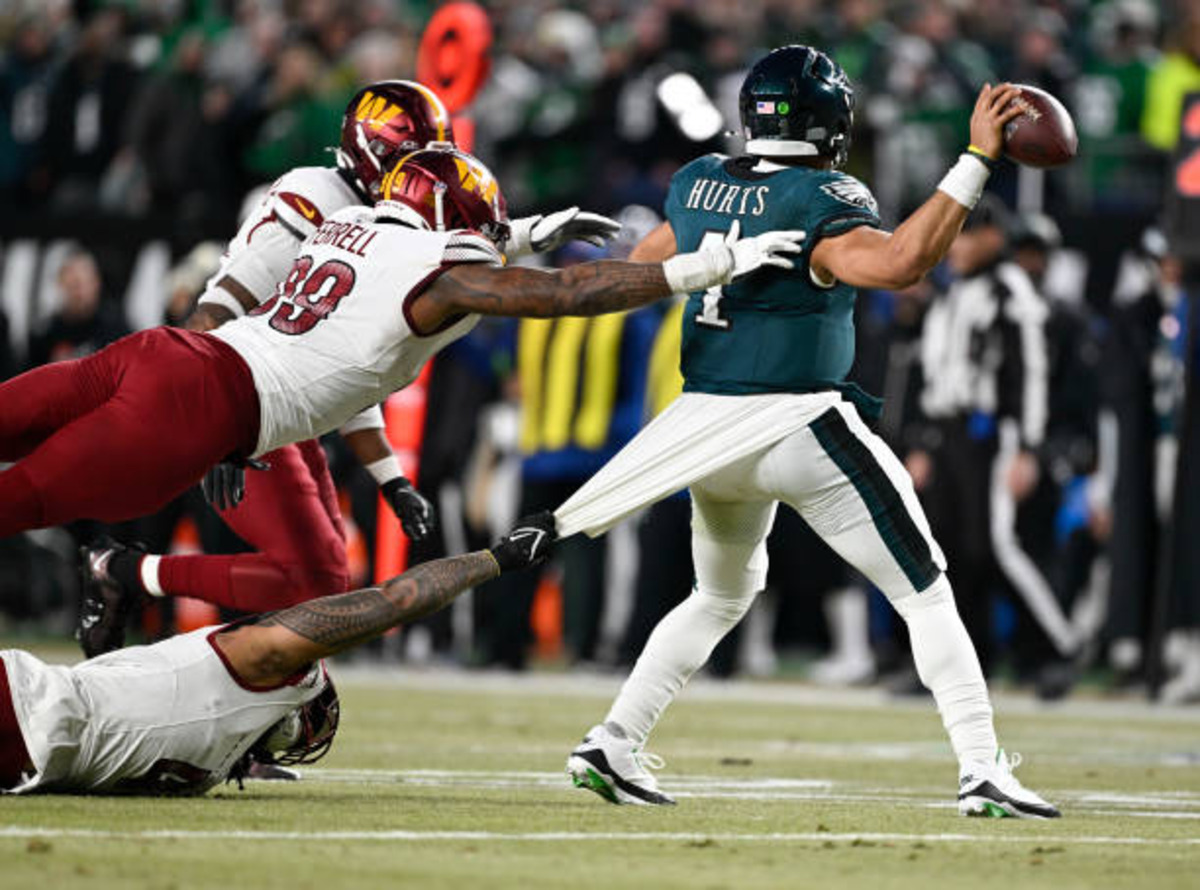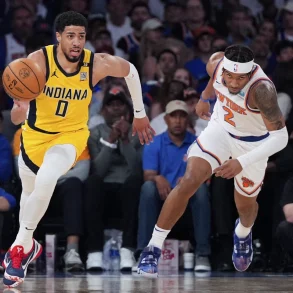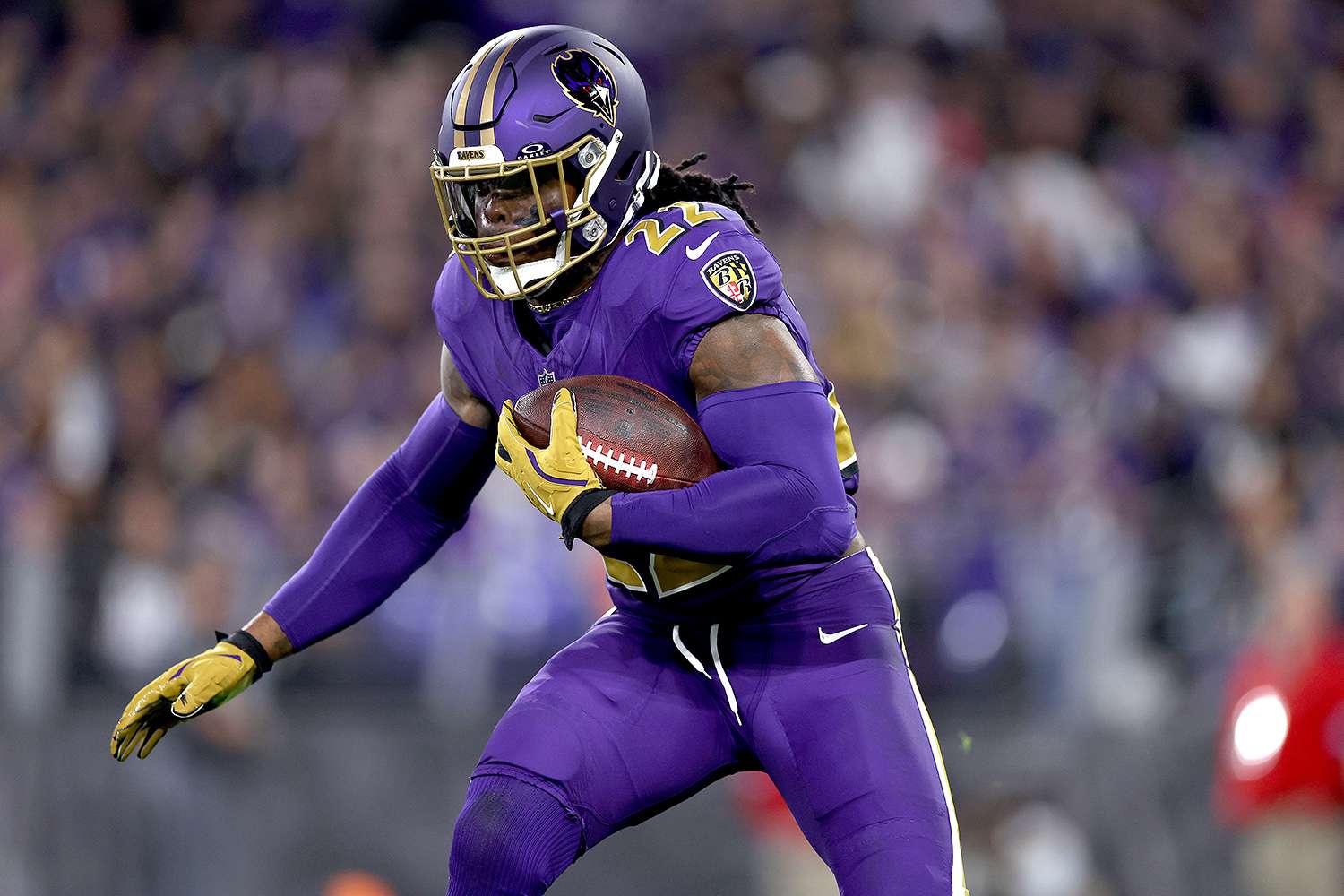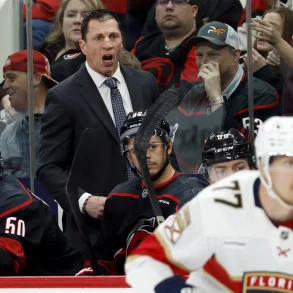Last year’s Super Bowl had almost everything.
There were trick plays, big performances, and a lot of excitement as Kansas City came back for a 25-22 overtime win against San Francisco.
The one thing missing was a kickoff return.
All 13 kickoffs went for touchbacks, making it the first Super Bowl ever without a kickoff return. This pushed the NFL to make a big rule change by completely redesigning the kickoff.
Now, the new kickoff rule, which has led to fewer injuries and more returns, will be seen on the biggest stage this Sunday when the Chiefs face the Philadelphia Eagles in the Super Bowl.
“It’s kind of brought a new life to it,” said Eagles special teams coordinator Michael Clay. “Gives us something to coach off of, kind of go back to the drawing board and get creative with our ideas.”
The new rule, called the “dynamic kickoff,” was made to reduce injuries by limiting fast, hard collisions and to encourage more returns after the number of returns dropped to 21.8% last season.
For those who don’t know, the new setup looks unusual at first. The kicker stands alone at his 35-yard line, while the 10 coverage players line up at the 40-yard line of the opposing team. The return team lines up with at least nine blockers between the 30- and 35-yard lines, and seven of those players must be on the 35-yard line. Up to two returners can stand inside the 20-yard line.
Only the kicker and two returners can move before the ball touches the ground or the returner.
Any kick that goes into the end zone in the air can be returned, or the receiving team can take a touchback and start from the 30-yard line. A kick that either goes out of bounds or over the end zone in the air will result in a touchback at the 30-yard line.
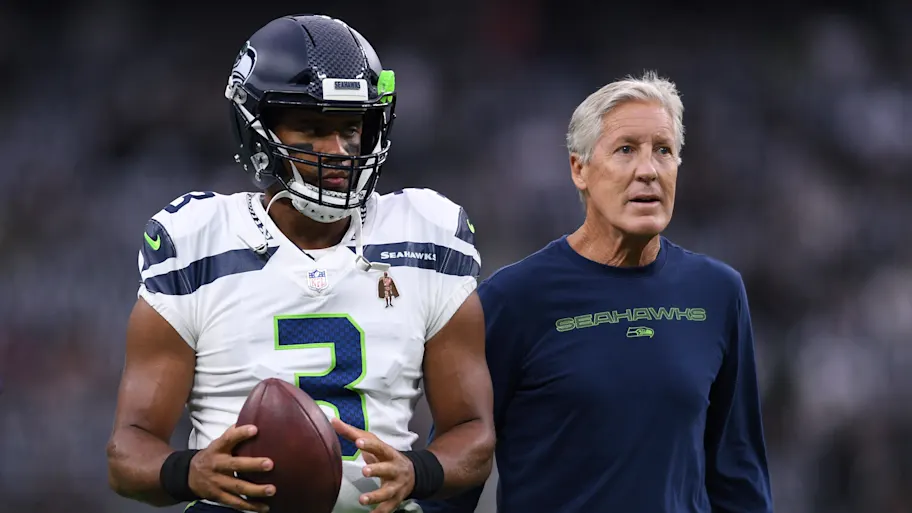
According to the NFL, this change led to 332 more returns in 2024, with the return rate jumping to 32.8%. There were also 59 returns of at least 40 yards, the highest since 2016, and seven touchdown returns. The concussion rate dropped 43% from the last three years, and there were the fewest lower-leg injuries on kick returns since 2018.
The return rate reached 45.1% in the postseason, although this could be more due to the cold weather affecting kicking distance, which won’t be a problem at the Super Bowl in a dome.
During the regular season, both the Chiefs and Eagles saw about one-sixth of their kickoffs reach the area requiring a return, with the Chiefs at 17.2% and the Eagles at 16.5%. Philadelphia’s rate increased to 43.5% in the playoffs, likely due to weather conditions more than strategy.
Clay said, “We want to minimize any of the risk that can possibly happen. We’re just trying to eliminate any added variables that get us in trouble.”
The rule is a one-year trial, and it could be changed or removed this offseason. Kansas City’s special teams coach Dave Toub generally likes the rule but suggests that moving touchbacks to the 35-yard line could lead to even more returns.
The Eagles and Chiefs have both relied on kick returns to help them reach the Super Bowl.
The Eagles’ coverage team forced two turnovers, including a fumble recovery on the opening kickoff of their wild-card win over Green Bay and another in the NFC Championship against Washington. Kenneth Gainwell also had a 44-yard return in their divisional round win over the Rams.
The Chiefs set the tone with a 63-yard opening return by Nikko Remigio in their first playoff game, setting up a score.
Clay said, “The guys like it. They’ve embraced it and just want to do anything to help this team advance as far as possible.”



